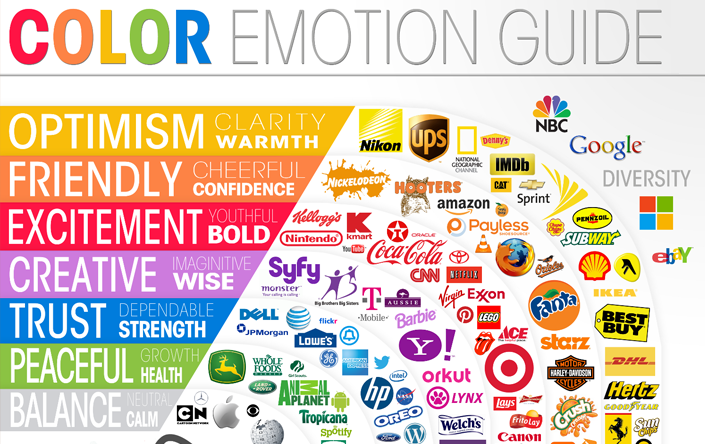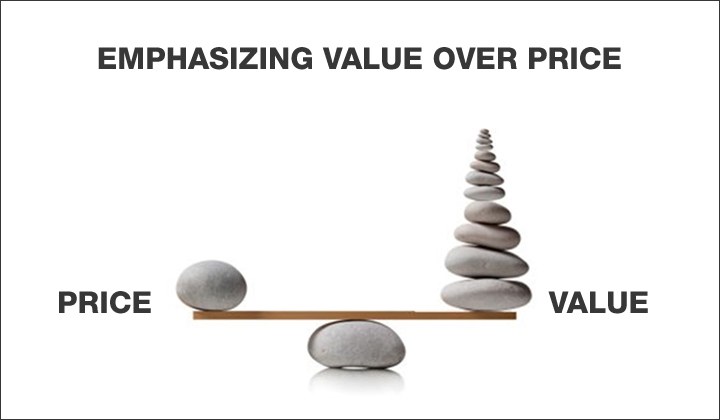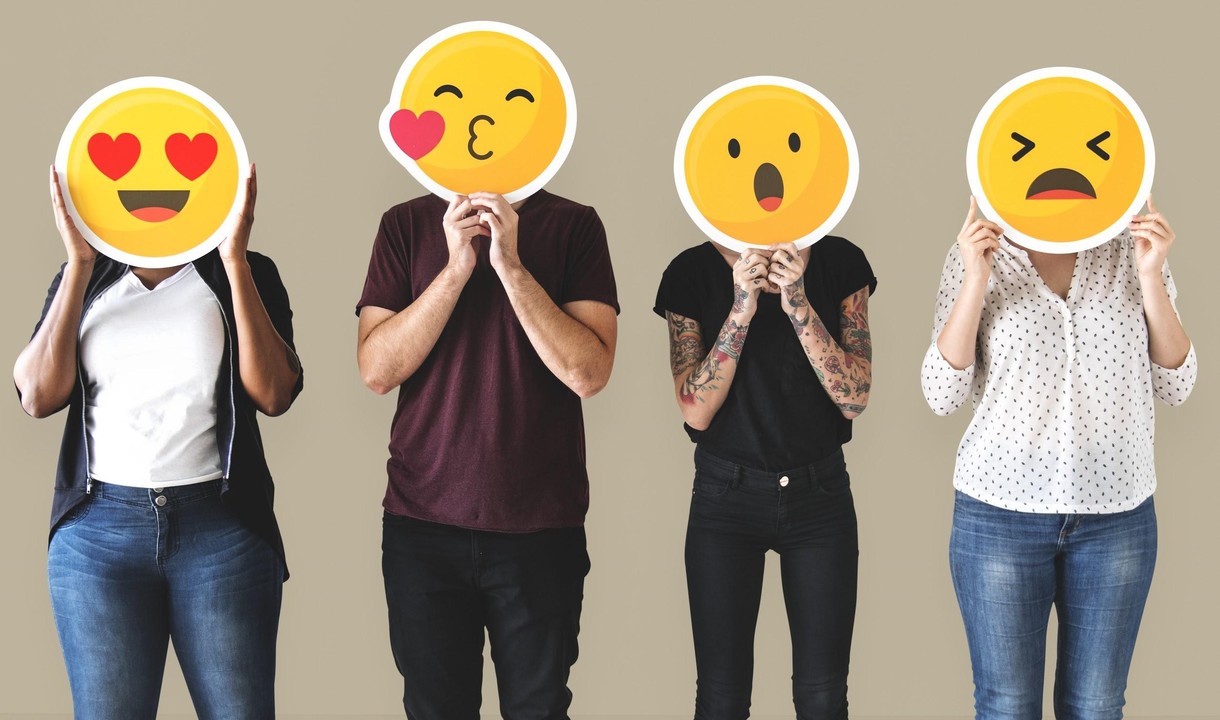B2B Online Marketing – Emotions are Important
Humans are influenced by emotion when making decisions. It’s in our nature

So many of our purchase decisions are emotional in nature – purchasing a home or car, choosing a venue for an important event, selecting a pet - even arranging where you go for dinner to celebrate that special occasion
Because so many of these decisions are influenced by “what we feel” it is easy to think that decisions which are less personal by comparison are not influenced by our emotions at all
In business-to-business (B2B) marketing this is a misconception which is far from the truth
Any business you market to is comprised of people; one or more of those people are responsible for making the decision to buy your product or service over your competition
Regardless of the stats and product information, any decision they make will be influenced by emotion
Why do people continue to queue for hours for the latest iPhone despite the availability of superior products at a more affordable price?
Humans are influenced by emotion when making decisions. It’s in our nature
Here are some tips to make an “emotional connection” when targeting your potential customers
1. Include storytelling in your message
One of the best content strategies for creating an emotional connection with an audience is Storytelling
Stories are tactile and create a visual experience for your audience. They make your content interesting to read and more memorable. A good story “hooks” the audience and virtually makes them a participant in your message
Stories can work for any brand, you just need to know and understand the individuals who make up your target market. Are you selling to the business owners or perhaps a Marketing Manager? What are their pain points? How can you tell a story that shows this pain points disappearing?
Paint a narrative for your readers that shows precisely how your brand is the solution
2. Consider the influence of colour

Image source: Kingkong
Colours and emotions are closely linked. Warm colours can evoke different emotions than cool colours and bright colours can create different feelings than muted colours. It all depends on how the psychological effects of colour are being used. ... colours can make us feel happy or sad and they can make us feel hungry or relaxed
For example, because the sun is universal, yellow is widely associated with warmth and cheerfulness. Because of its link to nature, green can have a natural, calming effect
The main thing to remember is that colour definitely has an impact and should be considered when you are looking to convey a certain emotion within your content
3. Hold back the price

Image source: iquoteexpress
B2B customers are looking to compare products by the facts: price, features, and capabilities. However, if you make price dominant in your top navigation, your audience will focus on it and bypass your marketing content
If you know you are not the most competitive on price for your space and you’re not looking to be the price leader, hold that information back until later and sell emotionally engaging content first
4. Utilize social proof throughout your website

There is no reason why a potential buyer should trust random stranger “X” who endorses a product online. They could be the selling company’s best friend or the review could be completely made up (or both)
Yet testimonials and social proof can have a tremendous impact on a buyer’s decision – very often we trust the feedback of “strangers” over the company’s own messaging
Social proof is a way to send a powerful emotional message to your potential buyers, whether in the form of reviews, testimonials, case studies or social media shares
Make sure to sprinkle this proof throughout your site. Product pages, pricing, and lead forms will all convert better if they have some of this outside support
5. Focus on benefits over features

B2B customers seek features for comparison. If they are shopping for multiple options, they are going to compare what they can get from each vendor
Don’t fall into the trap of listing features and thinking your prospective customer will “jump” to how useful and life-changing these could be
How can your customers benefit from the features of your product or service?
This is almost a microform of storytelling. It showcases how your business is going to relieve the buyer’s stressors and help their life become easier
Don’t Be Afraid of Emotions

Today, more than ever our work and personal lives are inextricably linked
Don’t make the mistake of assuming that when a person “clocks on” at work that they’ve stopped being human
Likewise, just because they’re surfing the web at night from their couch instead of their desk does not mean they’ve stopped thinking about what projects need wrapping up tomorrow
Taking these emotions into consideration ahead of time, and factoring them into your marketing content, can be the competitive differentiation you need to deliver the right message at the right time to the right person!
